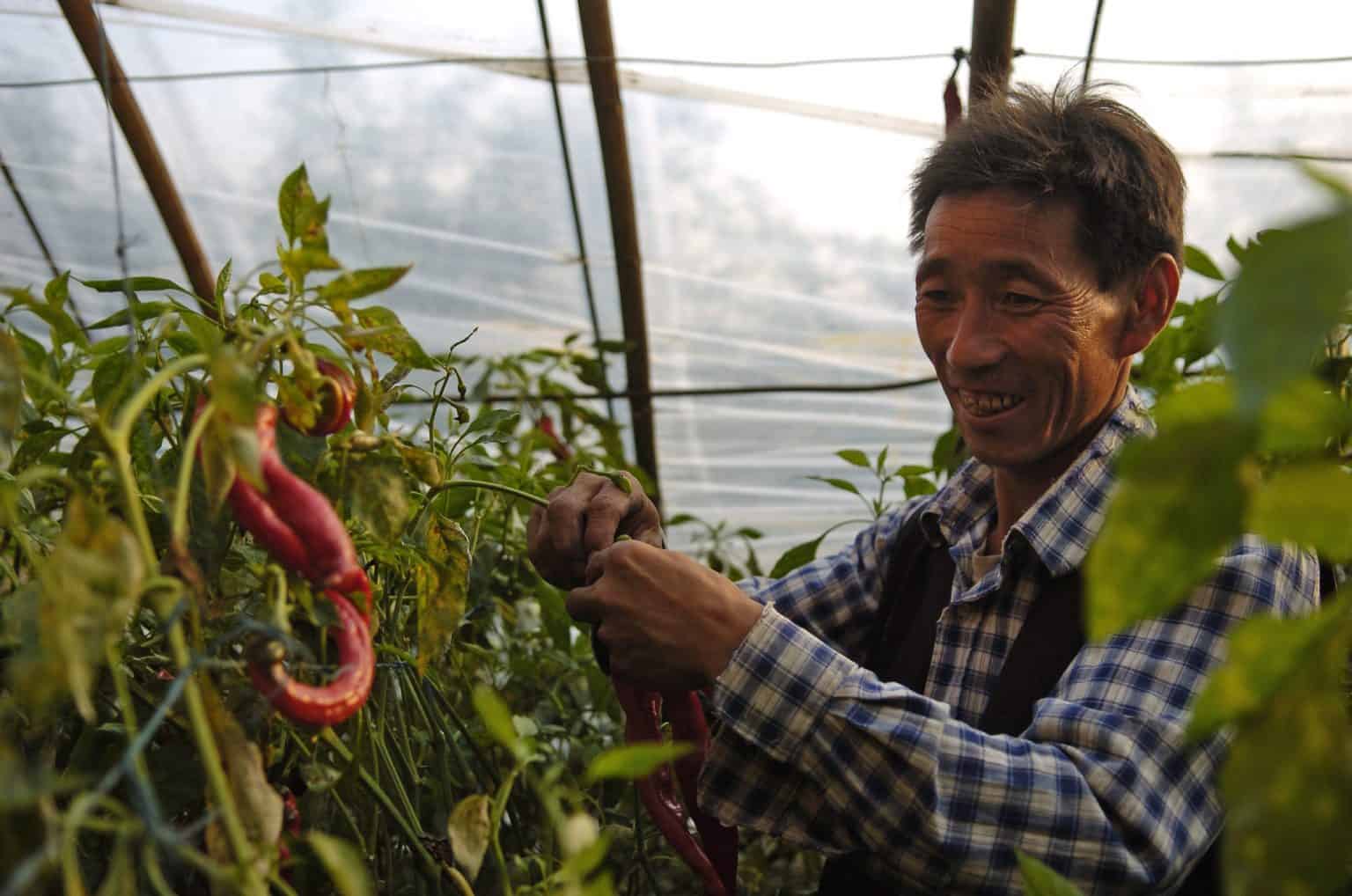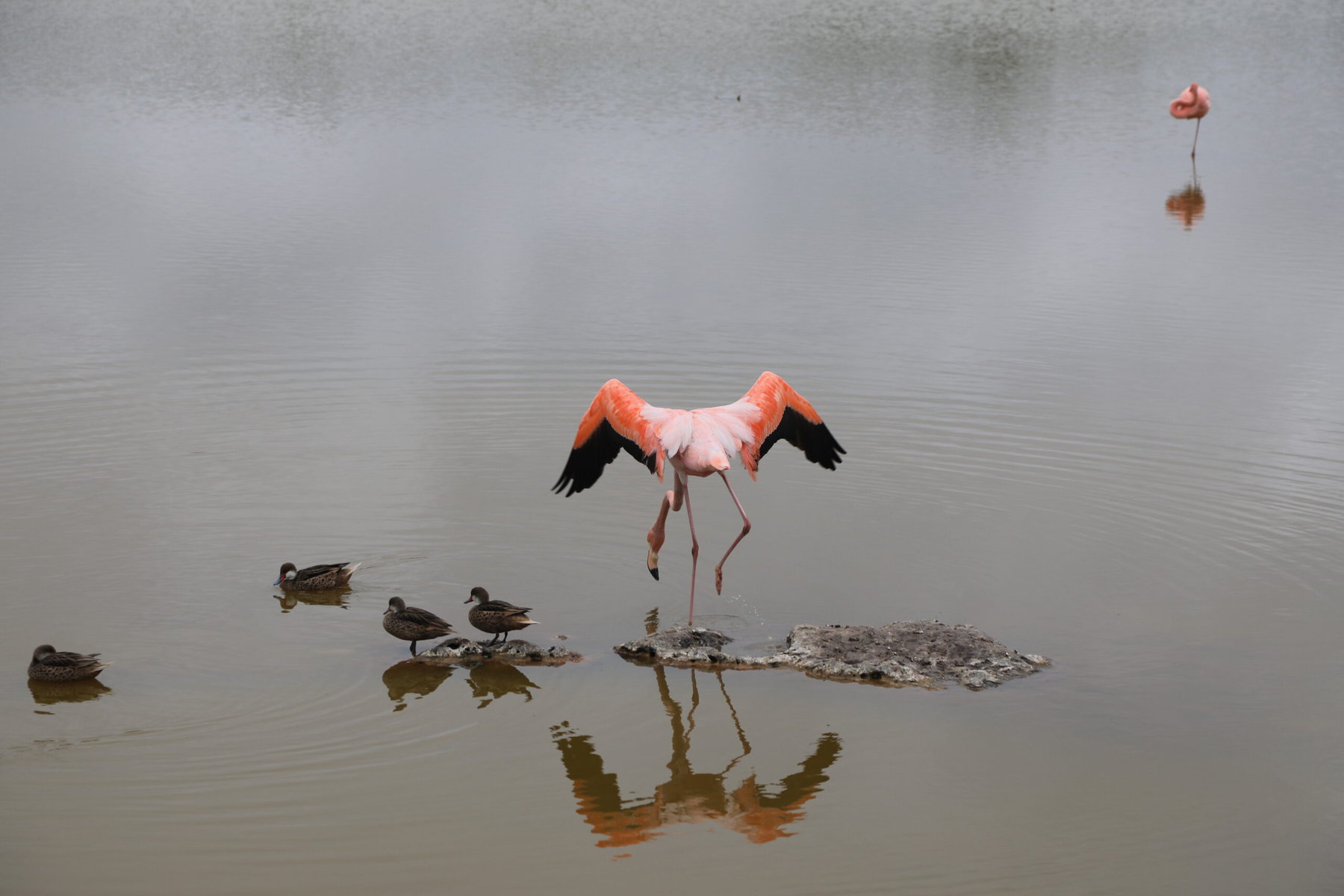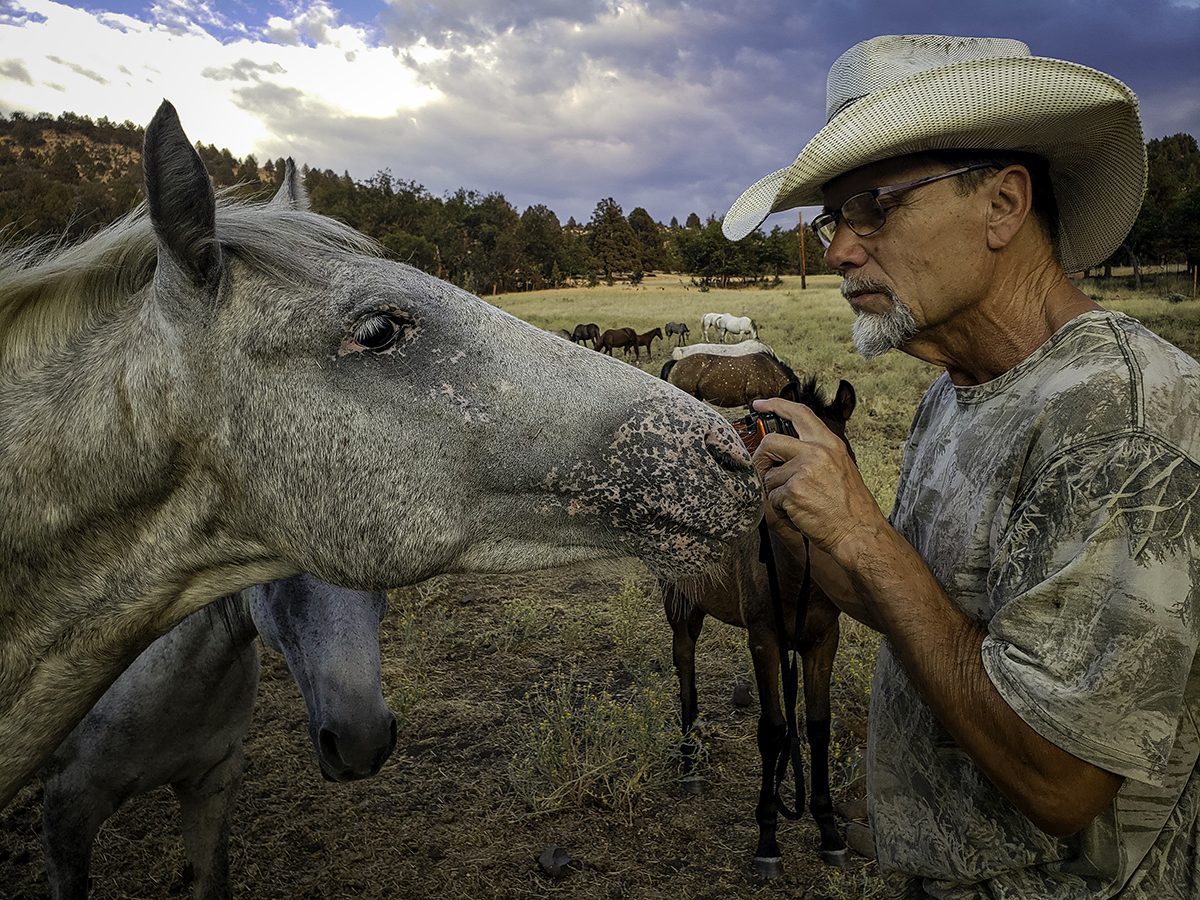By switching from wood to food scraps, women leaders aim to protect what remains of the country’s rainforest.
It’s mid-morning in Uganda’s Mabira rainforest. Godliver Businge stands outside her home, full of good spirit and ready to get to work. Around her, a gathering of women steadily forms, creating a circle around an outdoor stove, as the sweet aromas of barbecue rise into the tree canopy. At first glance, this is a familiar scene — women preparing a meal for their families and community. Yet, within this seemingly routine gathering, a quiet revolution is taking shape.
Each woman here is participating in a training course, learning to craft and cook with charcoal briquettes made from organic waste — part of a grassroots conservation effort aimed at protecting Uganda’s last standing forests. Uganda’s Mabira Forest spans 74,000 acres of forests, hilltops and verdant stream valleys. In the forest, wide-eyed, gray-cheeked mangabey monkeys hang from the branches, while flocks of tit-hylia songbirds flit through the leaves and violet-winged butterflies perch on flowering plants. The Mabira forest is one of the only places in the world to host these rare species of monkeys, birds, and butterflies. The survival of these species, however, depends on the survival of Mabira itself.
The richly biodiverse Mabira reserve is the largest remaining block of semi-evergreen rainforest in the Victoria Basin. It is also home to settled human enclaves that depend on the forest.
Today, the prevalence of deforestation threatens the forest’s longevity, along with the communities, human and otherwise, living in or around it. “One of the biggest rainforests in Africa — the Mabira Forest — is now a forest just by the roadside,” says Businge, the Women’s Earth Alliance (WEA) Uganda program lead and a co-founder of the Uganda Women’s Water Initiative (UWWI). “But if you go behind it, the forest has been cut down.” (WEA is a project of Earth Island Institute, which also publishes the Journal.)
Uganda is home to the highest density of primates of any country in the world. According to the Convention of Biological Diversity, the country’s forests harbor at least 7.8 percent of the world’s known mammal species and 11 percent of its bird species.
These high concentrations of biodiversity, as well as the environmental and human health benefits provided by these forests, are threatened by the rapid, dramatic loss of forest cover. In the past 20 years, Uganda has lost over one million hectares of tree cover — nearly a third of the country’s total. “The forests are being turned into gardens,” Businge says.
Crushed by negative news?
Sign up for the Reasons to be Cheerful newsletter.
While the expansion of agricultural land and illegal logging have indeed contributed to forest loss, charcoal production is the primary destructor of Uganda’s forests. Charcoal is made by heating wood (logged from forests) at high temperatures and in the absence of oxygen. Today, Ugandans remain highly dependent on charcoal for cooking: nearly a quarter of the country’s 46 million people rely on charcoal to cook their meals, based on UN data. To meet this demand, charcoal producers have engaged in the illegal clearing of protected forest reserves, resulting in the loss of critical animal habitat and sustainable food resources, including fruit trees. This not only jeopardizes biodiversity but risks Ugandan food security.
Unlike neighboring countries Kenya and Tanzania, which have stricter conservation laws, Uganda “is such an open market that you can do anything, you can trade in anything,” Businge says. The availability of charcoal in Uganda puts additional pressure on its forests, as non-Ugandan loggers cross borders to cut trees.
Making the briquettes involves mixing char from carbonized organic waste with a starch or clay-based binder. The mixture can then be molded by hand, or using a machine, into round briquettes.
Uganda’s Ministry of Water and Environment says it is committed to “avoiding, minimizing, and mitigating adverse environmental and social impacts associated with its projects,” and to “zero tolerance to fraud and corruption,” but in reality, many forest crimes continue.
Businge described how loggers bribe the government’s Climate Change Department, which operates under the Ministry of Water and Environment and in theory, is responsible for enforcing regulations, “[but] actually allows you to cut trees — uncontrollably.” While “the existing laws say cut one tree, plant two,” Businge says, “those laws are not enforced.”
To address the environmental concerns surrounding charcoal use, then, women leaders in Uganda have developed an alternative: the use of organic waste — mostly food scraps that would otherwise go uneaten — instead of wood, to make charcoal briquettes.
Making charcoal briquettes from organic waste provides a number of benefits. “Organic waste is free,” says Comfort Hajra Mukasa, WEA’s East Africa regional director at WEA and a leader and educator at UWWI, who trains women to make the briquettes. “It’s readily available. The mixture of vegetables, carbs, and proteins, offers a ‘balanced diet’ for the charcoal briquettes. The charcoal burns slower, [so] you use less to cook more.”
It also saves women valuable time. “Nowadays, bio [wood from trees] is really scarce,” Hajra Mukasa says. “Forests are not near, so someone has to really walk. Also, firewood is expensive. We are working with rural women. These are women who are walking long distances going to look for firewood. A lot of time is wasted in looking for firewood and bringing it home.”
Waste briquettes offer a realistic alternative to wood charcoal that does not force people to sacrifice their livelihoods. “If I’ve been selling firewood for an income [and] you do not give me an alternative income, I will continue to sell firewood, even if I see the importance of not cutting trees,” Hajra Mukasa says. “I am going to weigh between protecting the environment and protecting my children from dying from hunger. And I’ll ultimately go for protecting my children from dying.” But with waste briquettes, she explains, people can both protect their families’ well-being and gain income. They keep their livelihood, but they don’t cut trees to do it. And the waste briquettes burn cleaner. “It produces the best quality briquettes at the cheapest cost.”
For UWWI, Businge and Hajra Mukasa both train women in how to make charcoal briquettes from organic waste. “Our venues are not hotels,” Hajra Mukasa says. “Our venues are a woman’s home. So, we are very local.”
The briquette making process is fairly simple. Businge and Hajra Mukasa mix char from carbonized organic waste with a starch or clay-based binder. The mixture can then be molded by hand, or using a machine, into round briquettes. After drying, the briquettes are ready for cooking.
The training begins in the late morning, typically around 11 am, so that women have time to work in their gardens in the morning and attend to their other responsibilities. “We are cognizant of the fact that our women are wives and mothers,” Hajra Mukasa says, “and we always emphasize that we want you to be empowered women, but we want you to still remain African women who value family. We do not want to create a disconnect between culture and our movement.”
The plan takes a peer-to-peer approach, in which each woman that has been trained continues to train other women in the community.
UWWI also ensures that the entire community feels included in the process. They meet with as many people as possible, including men in the community, to help them understand the importance of the training and what to expect. “The politicians [also] need to know that this is not a rebel group or a government opposition group,” Hajra Mukasa says.
At the end of the training, program participants create action plans. “We make a commitment with the women to go and transfer the same knowledge to at least five other women,” Hajra Mukasa says. The plan takes a peer-to-peer approach, in which each woman that has been trained continues to train other women in the community. “We normally train 30 people and trust them to train another 150 people,” Hajra Mukasa says.
In addition to saving women time, the waste briquettes are a source of income. Women sell the briquettes at a variety of venues, including at events and by going door-to-door. Typically, women offer a few pieces to sample, and customers often quickly come back for more. “People know how badly they’ve damaged the environment,” Hajra Mukasa says. “Especially when the floods come. But this is an alternative.”
That choice is important now. “Gas as an alternative in rural communities [will be possible] maybe 100 years from now,” Hajra Mukasa says. The briquettes are better, allowing a healthy, environmentally sustainable lifestyle now and for generations to come. “In Uganda we are still rural, but we love being rural,” Hajra Mukasa says. “There is a lot of peace being rural, but we also want to live healthy.”

















